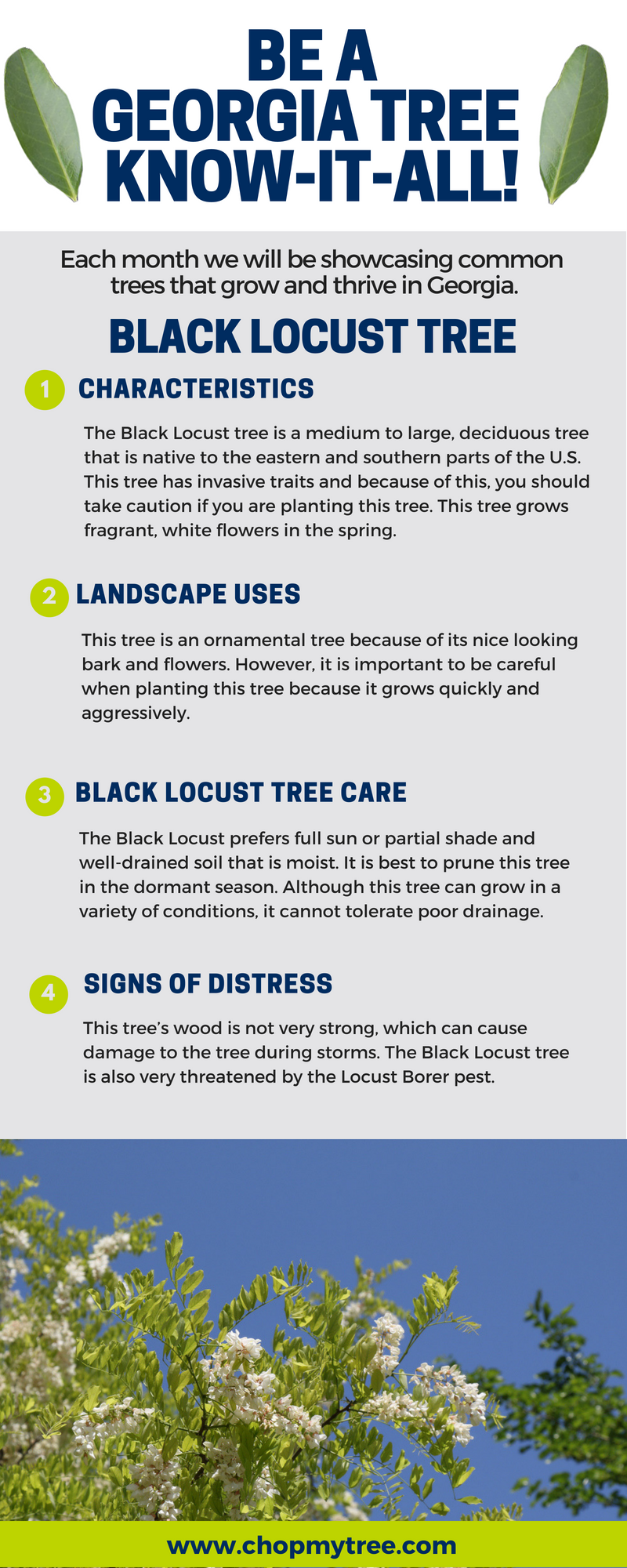Signs Indicating The Demand For Tree Elimination: Identifying Risky Trees
Signs Indicating The Demand For Tree Elimination: Identifying Risky Trees
Blog Article
Short Article By-Harper Butcher
When it pertains to tree treatment, identifying the signs that it's time for removal is necessary for your safety and security and residential or commercial property. You could notice tarnished fallen leaves, wilting branches, or weird fungal growths suggesting illness. Structural issues, like a significant lean or cracks in the trunk, can additionally pose dangers. Recognizing these indication can aid you make informed decisions about your trees and protect against potential dangers hiding in your lawn. What should you try to find following?
Indicators of Decay and Condition
When you observe indications of degeneration and disease in your trees, it's crucial to act quickly. https://bestwaytokillastump17395.yomoblog.com/41948940/recognition-of-tree-particles-removal-gains-and-ideal-approaches-for-homeowners for stained leaves, wilting branches, or unusual developments like fungus. These can suggest that your tree is battling.
If you see cracks in the bark or soft, mushy timber, these signs suggest inner decay. In addition, a sudden rise in insects around your tree can signal that it's damaged and at risk.
Check for any dead or passing away arm or legs, as they present a threat to your building and safety and security. If you doubt regarding what you see, seeking advice from an arborist can give clarity.
Addressing these indications early can conserve you from much more extensive damages and guarantee the wellness of your lawn. Don't wait until it's far too late.
Structural Instability and Leaning
As you observe your trees, keep an eye out for any indicators of architectural instability or leaning. If a tree leans substantially, it might show that the root system is jeopardized.
Try to find any fractures in the trunk or dirt around the base; these can indicate potential failure. In https://www.realsimple.com/home-organizing/decorating/outdoor-living/fall-landscaping-ideas-trends , look for unusual growth patterns, like a lopsided crown, which may recommend that the tree is having a hard time to hold itself upright.
If you discover that the tree leans toward your home, power lines, or other frameworks, it positions a greater threat. Do not neglect these indications-- speak with an arborist to assess the scenario.
Taking https://dantekelcv.blog-eye.com/35420389/prior-to-beginning-tree-elimination-make-certain-to-find-out-vital-precaution-and-methods-that-can-aid-prevent-mishaps-and-make-certain-a-successful-task-your-security-is-important can prevent expensive damages and guarantee your safety.
Dead or Perishing Branches and Foliage
If you notice dead or dying branches and foliage on your tree, it's a clear sign that something's wrong.
These unhealthy locations can show underlying concerns like illness, pest problems, or ecological tension. When branches shed their fallen leaves or turn brown, they're no more contributing to the tree's wellness. Ignoring these indications can bring about more decrease, making your tree much more hazardous.
Dead branches can quickly break short during storms, positioning a threat to residential property and people close by. It's vital to examine the extent of the damage.
If the problem affects a substantial part of the tree, take into consideration consulting a specialist. They can assist establish if elimination is essential to guarantee safety and maintain the charm of your landscape.
Conclusion
If you see any kind of indicators of decay, structural instability, or dead branches on your trees, do not disregard them. These signs can posture severe safety and security threats to you and your residential property. It's always best to consult an expert arborist who can supply a specialist evaluation of your trees. Acting early can prevent mishaps and expensive damages, ensuring your landscape continues to be risk-free and healthy. Bear in mind, it's much better to be aggressive concerning tree treatment than to wait on a catastrophe to take place.
